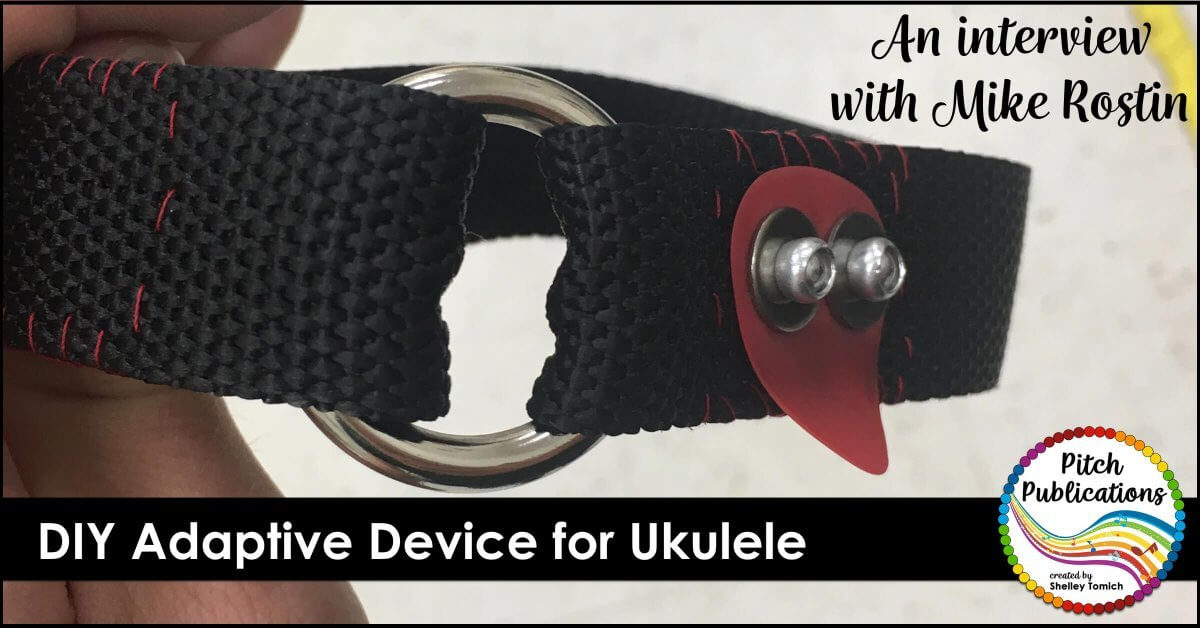
As teachers, we are always looking to fill a need in our classroom. Today’s post is an interview with my friend, Mike Rostin, a fabulous music educator from Atlanta, GA. When one of his students was unable to play the ukulele the way she wanted due to a physical disability, he stepped up and designed a solution! Read on to find out about his DIY adaptive device for playing ukulele.
1) What were the students working on in class?
I have been teaching ukulele for 3 years. I do a Ukulele unit every spring with my 5th grade where I teach a couple of scales and several chords. At the end of the year, the students use what they learned to write their own piece of music and perform it for their class.
2) What supports did the student need?
I have a student who is missing her right arm from the elbow down. She has always had a great attitude and work ethic. I rarely had to help her because she was so great at adapting to her needs on her own. However she struggled with the ukulele unit because she was unable to strum the strings.
She tried to solve the problem herself many ways using classroom supplies to help her. From rubber bands, tape, and pencils to string, bags, and paper – nothing worked.
3) So what did you do?
Her dad sent me an email about a musician, Lefty Williams, who is an Atlanta based guitar player. He was missing his right arm from the same place, and built a prosthesis for himself. I emailed him and not only did he send me the directions to make the prosthesis, but he also offered to come to the school and teach the classes about his journey overcoming boundaries as a touring guitar player. After his visit, I immediately went to Home Depot and Michaels to get supplies.
4) Tell us about the device.
I used backpack straps as the base, and folded it around a metal ring on one end, and a plastic strap adjuster to the other end. I have never sewn before, but a few finger pricks and ripped string later, the strap was complete. Then I used a match to bend a guitar pick, and put the guitar pick on the strap using rivets and a rivet gun.
6) Were there any problems you had to overcome in designing the device? I had never sewn, used a rivet gun, nor bent a guitar pick with fire. There were a lot of problems that were simple user error. The hardest part was putting holes in the pick and the strap to make room for the rivets. The Art teacher at my school let me use this awesome tool that had a round end and heated up to extreme temperatures. I used it to melt holes in the pick and the strap. (Soldering iron).
7) How did your student react to the device? She was so happy! I’ll never forget that transformation. Her eyes lit up and she immediately played so naturally. I think all she wanted to do that day was play ukulele.
8) How do you think this device/accommodation changed things for your student? She was so nervous about signing up for Band, Chorus, or Orchestra in Middle School. I was delighted when I found out she was going to audition to play an instrument.
Thank you so much, Mike for sharing this! Your students are clearly very lucky to have you! You have changed this girl’s world and opened up a whole new selection of possibilities. Thanks for sharing!
About Mike Rostin
Mike is the music teachear at Cogburn Woods Elementary in Alpharetta, GA. He has taught music in the metro Atlanta, Athens, and Oklahoma City areas.Mike is also the Visual Instructor for Northview High School’s marching band and The Jazz Band Director at South Forsyth High School. He plays bass trombone with Big Band Contractors, Capitol City Xpress Big Band, GPC Jazz Ensemble, and drum set with the blues band, BDW.
He is a graduate of The University of Georgia with a degree in Music Education. While at UGA, he marched 3 seasons with the Redcoat Band. As a member of the Redcoats, he is a proud member of the Athens Sousaphone Society and President of the Athens Trombone Association.
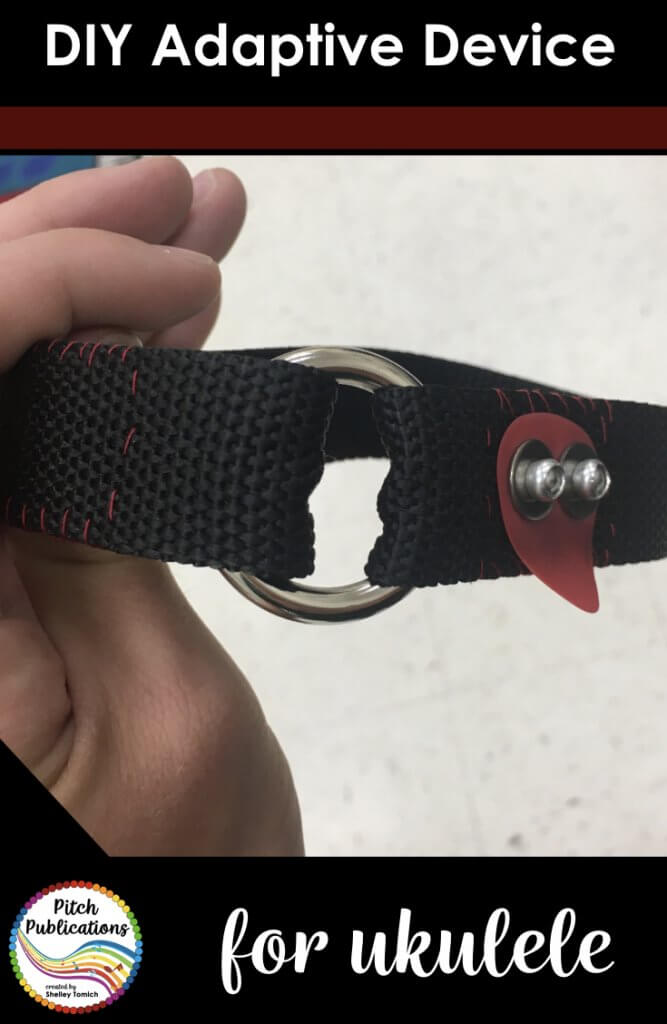

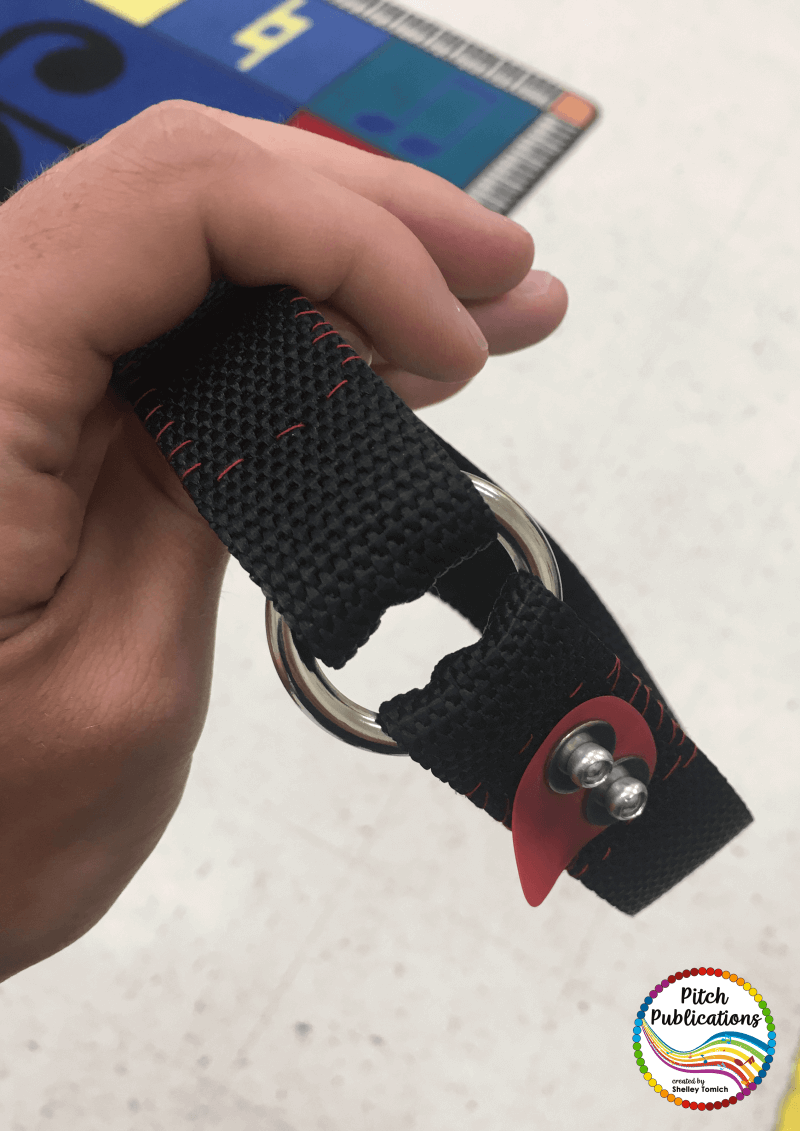
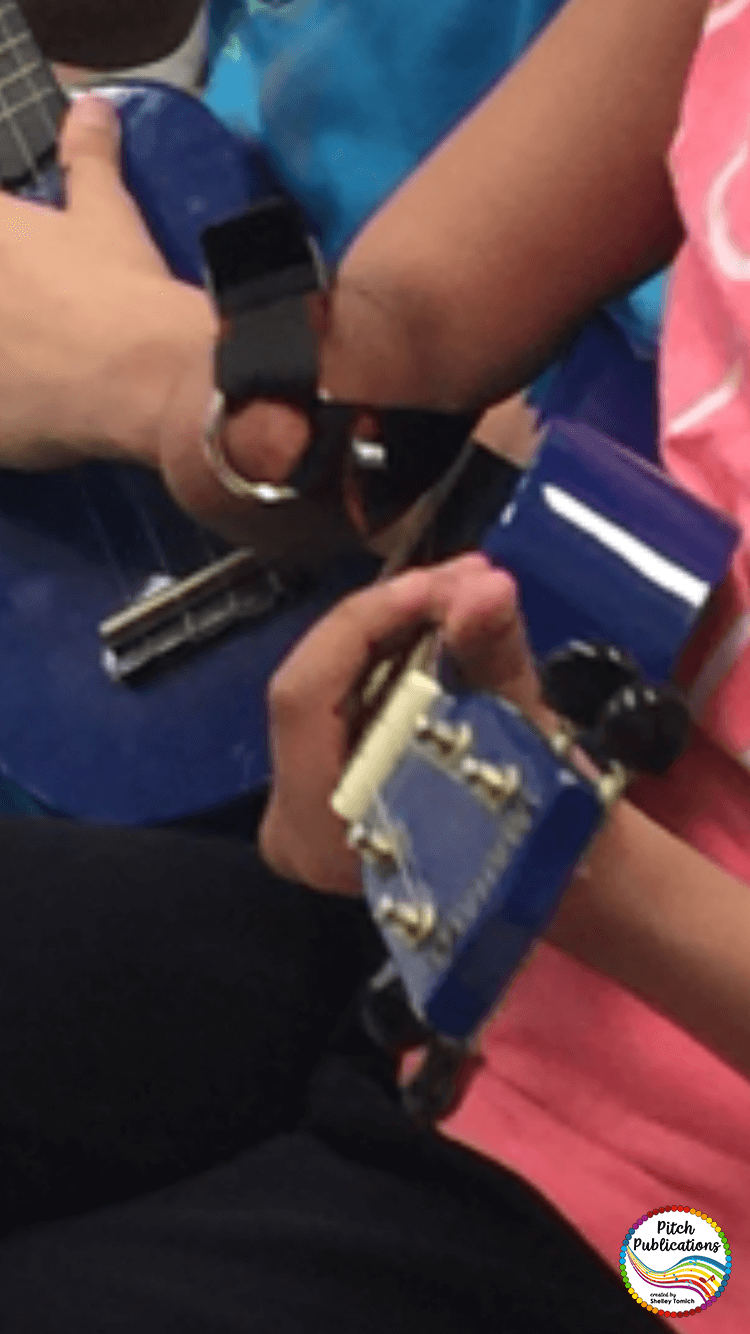





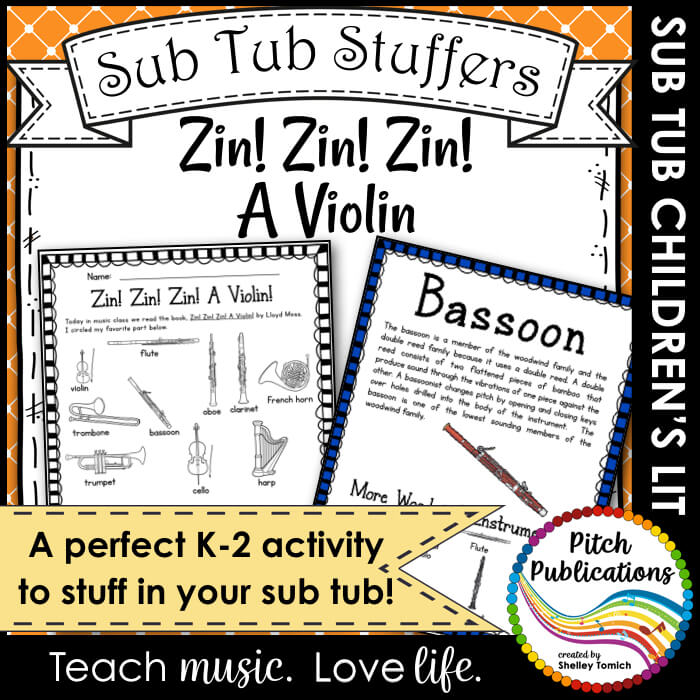

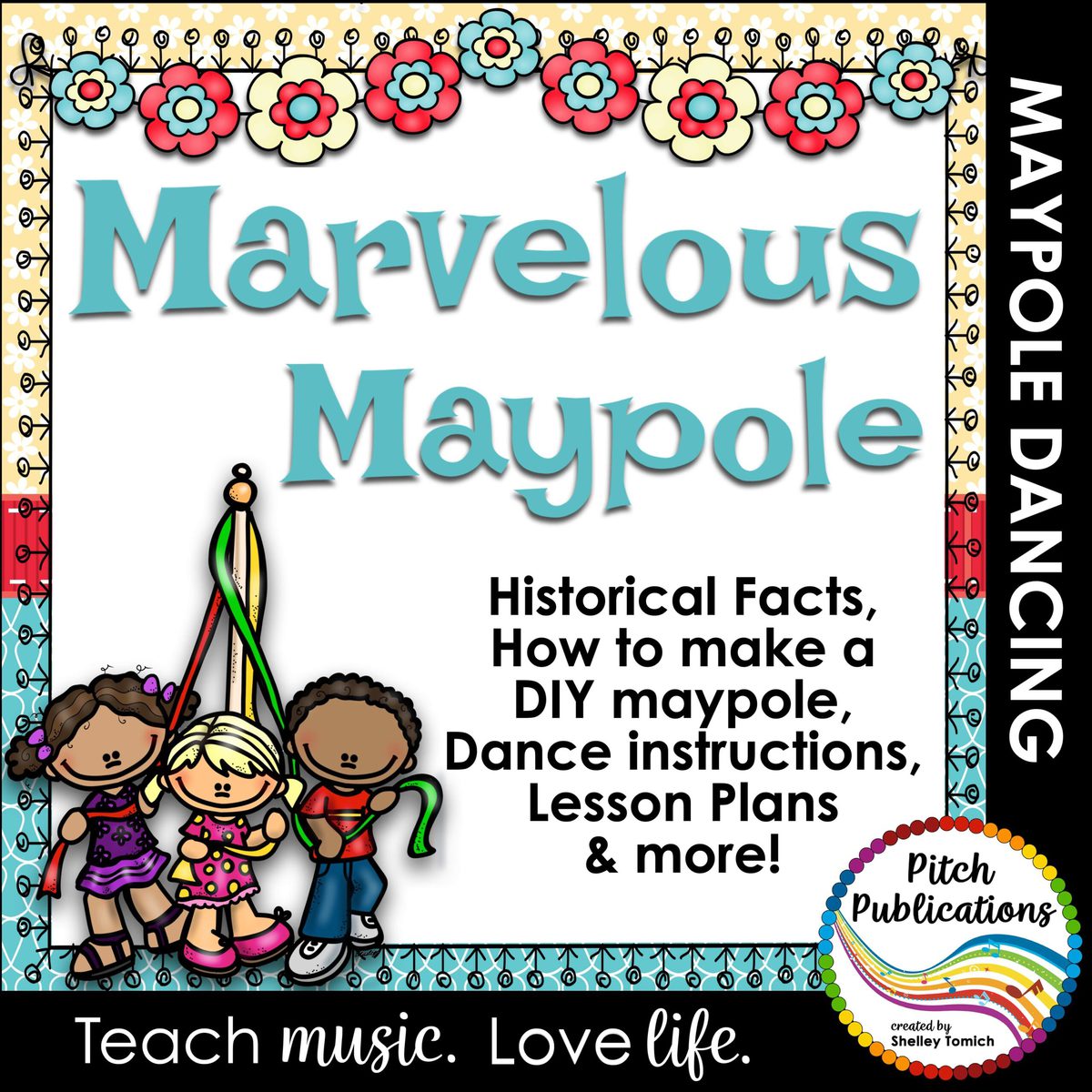


Hello! I am using this as a plan to make a strap for a similarly-abled student in my class. I have made a demo but wondering if there are specific plans for that I could follow? If not, it’s not a problem. Just curious!
Hey Britta! I don’t think Mike had any specific plans for it -he kind of just came up with it as he could! 🙁
Hi Shelley , I came across your site through the story Mike Rostin wrote about the Ukelele adaptions.
I was wondering if you might be able to help me out. I would like to encourage my son to play the ukelele to bring more music into his life.
The issue is that he is unable to Bend his fingers (on either hand) to create chords. I have heard that open tuning (?) could be a way around this? Can you recommend an easy site or book to help me learn about this? How do you play different notes? If playing with other beginners, will he be able to play with others using that open tuning or will everyone have to change their tuning to his?
I appreciate your help.
Thank you
Hey Kate! Glad you found Mike’s article useful! I am going to shoot this to you in an email too so I apologize for the double response 🙂 . A couple of things I would try. I don’t know if this would work (only because I don’t know more about the details of your son’s situation), but you might look at https://www.ukechordchanger.com/store/p1/Ukulele_Chord_Changer_%26_Songbook_Set.html . Alternatively, you could tune a ukulele to an open chord – you would do GCEG instead of GCEA, but that would limit him to only playing C chord and those four notes.
With your permission, I would love to post this in my Facebook group for ukulele – group.RainbowUkulele.com and see if they have any additional ideas for you!